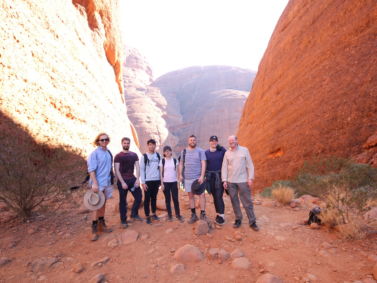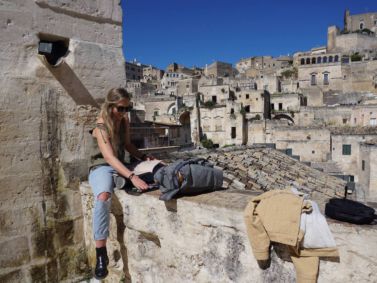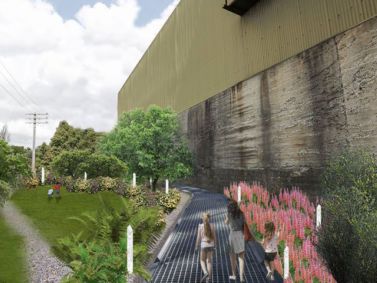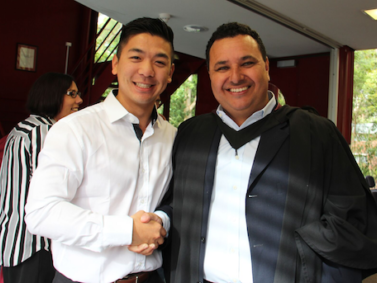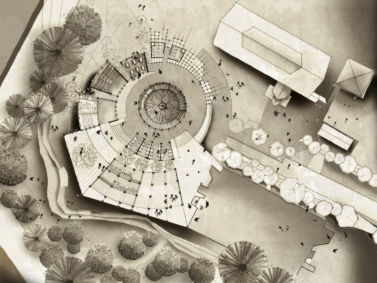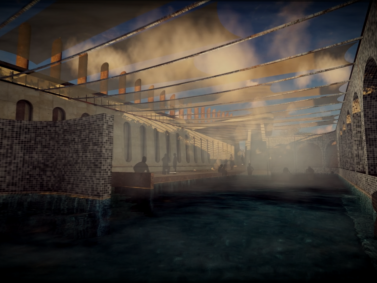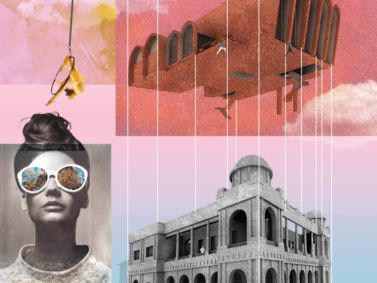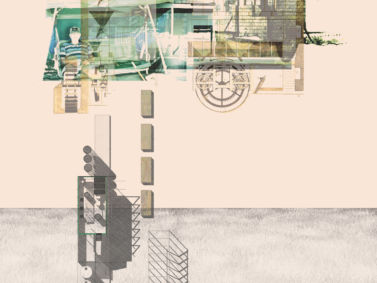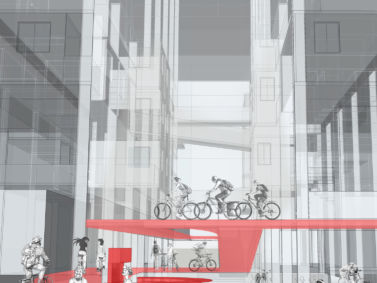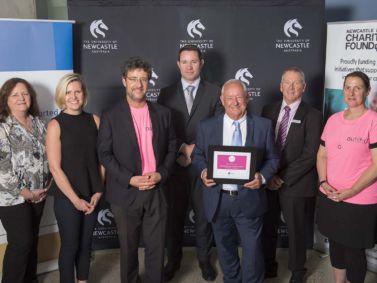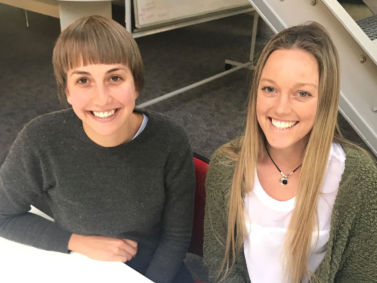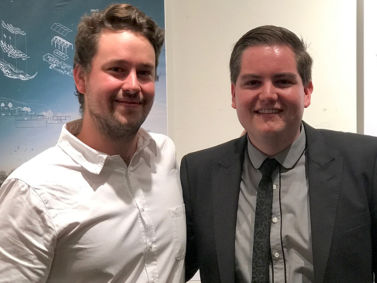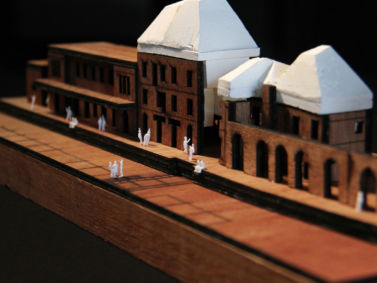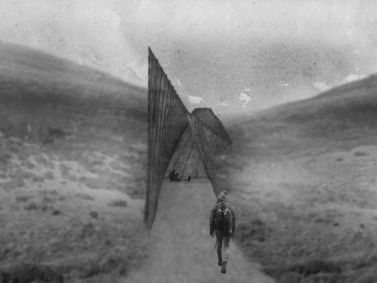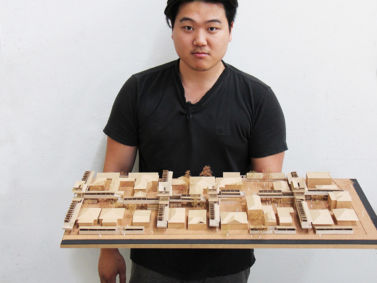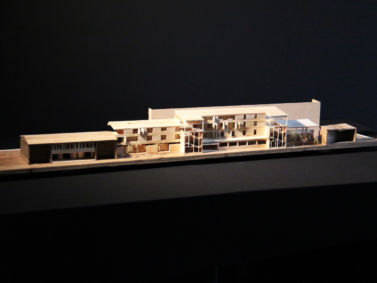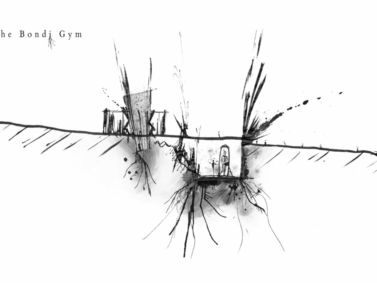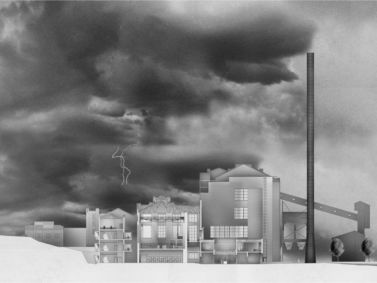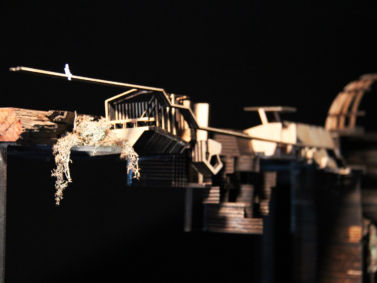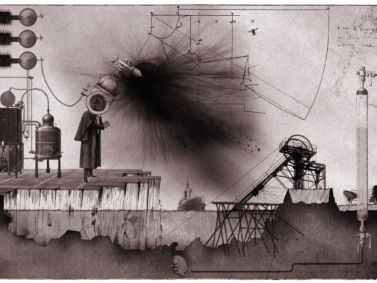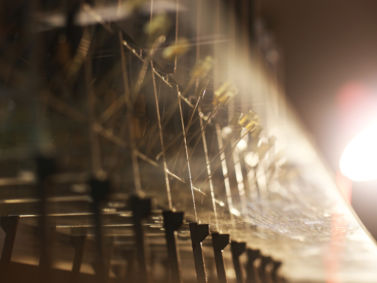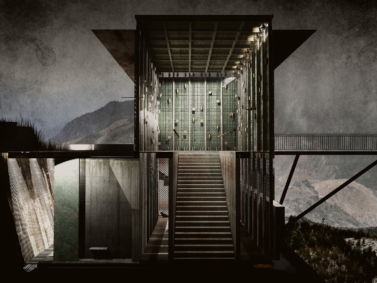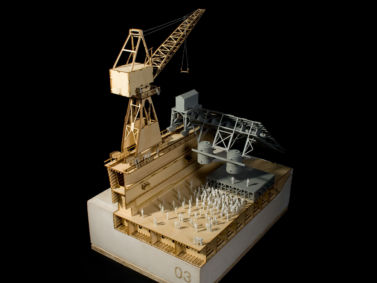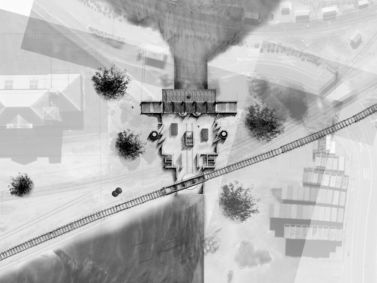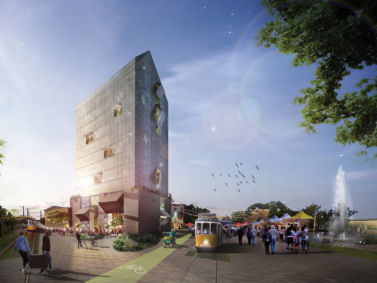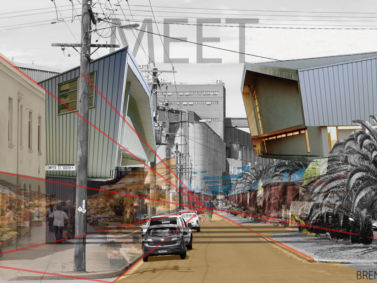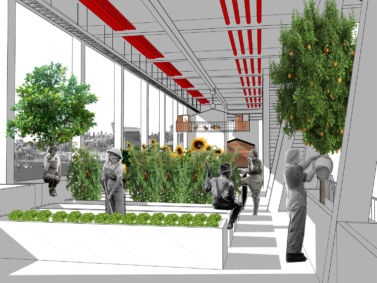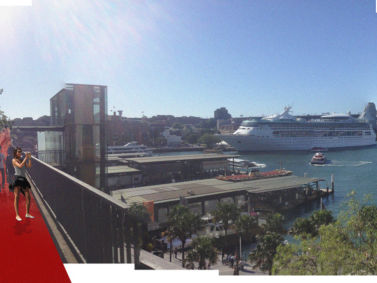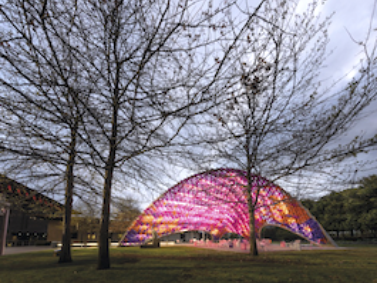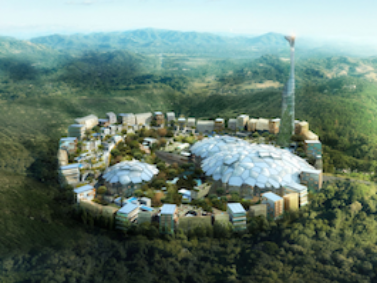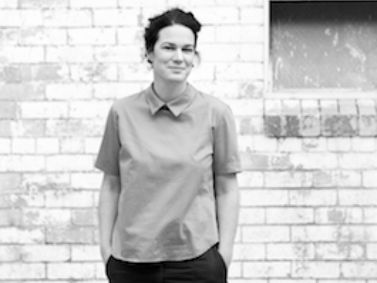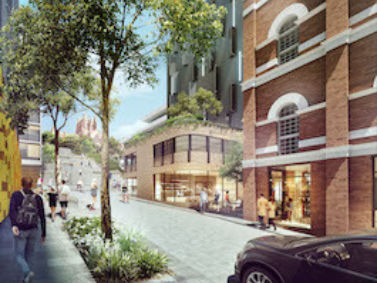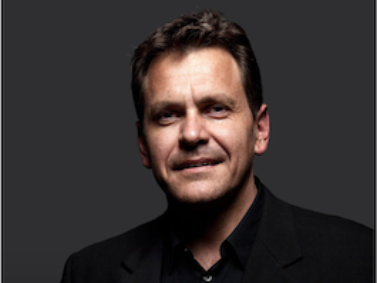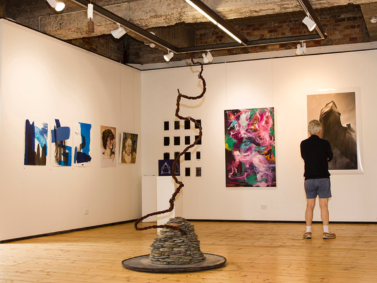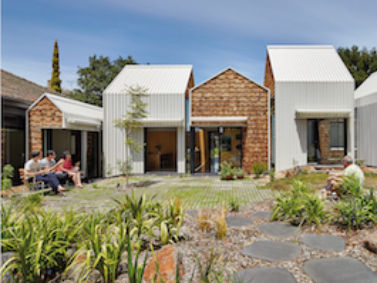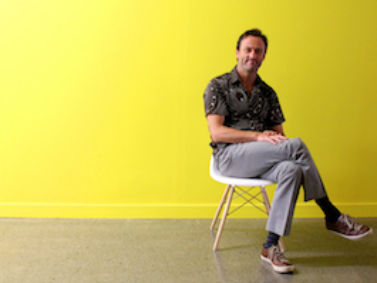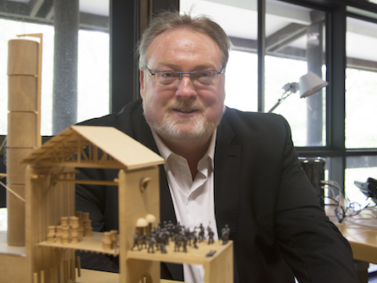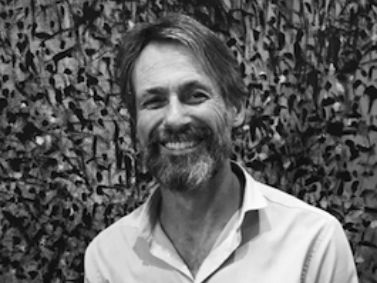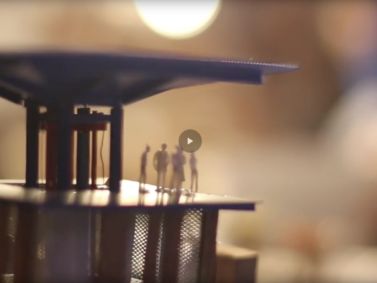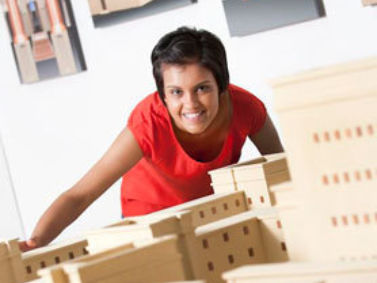Shit Matters
“We used to see wastewater as a waste stream, but now we’ve got to see it as a resource,” Dr Bentley, Hunter Water, 2017.
Shit Matters is more than a hypothetical architectural project, it is a manifesto. It questions our relationship with our wastewater and the critical infrastructure that undermine our cities.
It is essential in an age of climate change and an increasingly dry continent, that humans’ wastewater be reused as a resource to enrich our surroundings. In Nepal, villagers who utilise their own sewage as firtiliser rather than use cow manure achieve a higher market price for their crops because they are more tasty...
The new Burwood WWTW strives to improve our stewardship of the land we occupy and the ocean we rely on by designing a closed loop, integrated system.
The Newcastle Catchment Plan of 2011 flags Desalination as a potential future investment to secure Newcastle’s drinking water resources. We should instead be treating the wastewater before it is disposed of into the ocean. It is time for Australians to challenge the stigma around utilising wastewater as drinking water.
Historically infrastructure, particularly those which may pose a risk to human health have been enclosed behind fences in a far off location. In the redesigned WWTW, the fence is removed, inviting pedestrians and mountain bikers to re-inhabit the site.
The existing system is overhauled with Neredatm treatment tanks, making the existing infrastructure redundant or adapted into the new system. The architecture separates people from health risks but opens up the conversation of waste as resource. This is done by leading users through the treatment process, thereby educating them. Users end up at the bottom of the site where freshly brewed drinking water is provided. Biosolids are treated and then utilised in an industrial scale nursery where street trees and green walls are grown, contributing to Newcastle’s 2030 plan of increasing the city’s canopy cover. Pedestrians are able to take green wall modules home. The public toilet is reinvented as the throne where users experience the plants that are able to treat their waste.
Furthermore the existing clarifiers are adaptively reused as tertiary water storage where users take refuge in a sunken bowl and observe the landscape around them.








